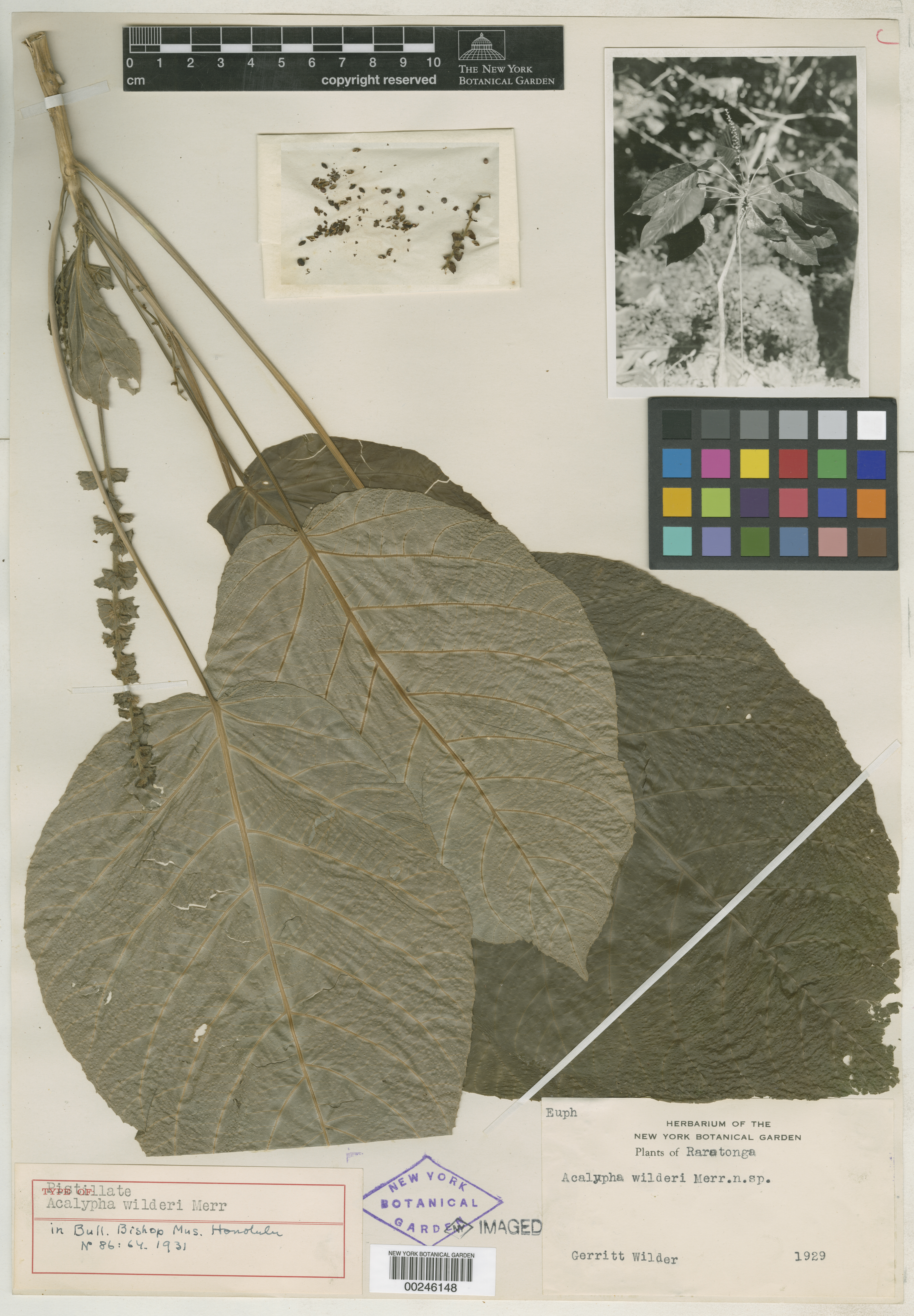Sep 19 2019
From the woolly mammoth to the passenger pigeon, many extinct species owe their demise in part to human activities. In the modern era of climate change and rapid habitat destruction, countless species are faced with extinction, and many have already gone extinct. When I began working in the New York Botanical Garden’s herbarium this year, I knew I was in the midst of a treasure trove of old plants, and constantly wondered if any of the roughly 8 million specimens in the herbarium represented species that have since gone extinct. Since our collection includes specimens over 200 years old, it seemed more than likely.
The International Union for the Conservation of Nature is considered the authority on the conservation status of species. By comparing the IUCN’s Red List of Extinct Plants with the databases in the NYBG herbarium, I found specimens from 21 extinct species.
Herbarium specimens of extinct species are remarkable glimpses into the past, capturing a moment before something tragic happened. Because shape, size, tissue content, and even color are preserved in good herbarium specimens, the specimens I uncovered of extinct plants seemed more akin to mummies than fossils. There is something eerie about holding such a specimen in your hands, knowing that even though it appears so close to life, there is no living individual of the species anywhere on earth.
There are also scientific benefits to finding herbarium specimens of extinct plants. They can teach us many things about their living relatives, including evolutionary relationships and vulnerability to threats. DNA can be recovered from even very old herbarium specimens, and in a few rare cases, seeds recovered from 100 year-old specimens have been germinated!¹ Additionally, some species that have been classified as extinct have since been rediscovered in the wild. Such research means that we may not have reached the end of the line for all extinct plants.
Browse through the slideshow to see some of the extinct plants housed in the NYBG herbarium.


















